The H in HABs (Harmful Algal Blooms)
HAB
in Lake Michigan. Photo Credit: Zachary Haslick
Ranging from microscopic, single-celled organisms to large seaweeds, algae are aquatic photosynthesizers that form the base of food webs. Sometimes, however, their roles are more detrimental to ecological communities. When given intense sun, high nutrients, and warm water, algae often grow out of control. Harmful algal blooms (HABs, also commonly called “red tides”) refer to the rapid and unchecked proliferation of algal colonies (conglomerates of photosynthesizers) capable of overwhelming ecosystems with lethal effects on fish, shellfish, marine mammals, birds, and people. A few of these blooms (dense concentrations of algal cells) produce toxins that can cause illnesses and even death; other varieties are nontoxic, but deplete oxygen when they decay, clog organisms’ gills, smother benthic organisms, contaminate drinking water, and block light from penetrating the water. Aesthetically, effects are often equally displeasing. Discolored water, sticky algal piles, smelly sand, and closed beaches decorate coasts.
Cyanobacteria
(Blue-Green Algae). Photo Credit: NJDEP
HAB
Bloom in Lake Eerie. Photo Credit: NOAA
HABs are divided into two predominant causes of destruction:
biotoxins and hypoxic dead zones. The harmful effects of many HABs are the
result of natural toxin production and the consequent disruption of
physiological function in exposed organisms.
The majority of the toxic species are normally occurring members within the
phytoplankton community, and reside at low concentrations with not evident
health impacts, outside of blooms. In other words, toxic effects are primarily
dependent on higher-than-normal algal cell densities. The more algae there are
packed together, the more toxic the body of water becomes. Many of the biotoxin
algal species have potent effects on their victims. Neurotoxins, for example,
target ion channels and their supporting components, interfering with the body’s
ability to send messages and move. Such poisons are deadly to fish and marine
mammals, but provide a competitive advantage over competing algal species. Algae
utilize these chemicals to compete for resources
against intruding photosynthesizers. As an added benefit, biotoxins behave as antipredation mechanisms—
targeting zooplankton and small herbivores to avoid being eaten. Although intended
for the former groups, toxic algal colonies’ impact on higher trophic level
species, like marine mammals and humans, is probably incidental.
Red
Tide HAB off the Coast of San Diego. Photo Credit: Kai Schumann
Unlike their chemical relatives, some algae cause havoc
by simply growing. Dead
zones are areas of water where aquatic life cannot survive due to low
oxygen levels. Generally caused by nutrient pollution, algae proliferate as
they intake excess nitrogen and phosphorous. The overgrowth of algae blocks
sunlight from underwater photosynthesizers. With no light to grow, plants die
off. Bacteria quickly decompose the plant remains, taking in extensive dissolved
oxygen (gas present in the water column) to undergo decomposition. The algae at
the surface continue to bloom, fed by the additional nutrients from the decay.
This bloom causes a negative feedback loop, as they increasing block out light
energy and kill off all remaining sunlight-dependent producers. The bacteria in
turn, remove the remaining oxygen. With no oxygen available, fish, shellfish,
and other organisms die. The body of water becomes uninhabitable, plagued by
hypoxia, low light, and excessive nutrients.
The largest dead zone in the world occurs in the
Arabian Sea and encompasses nearly 63,700 square miles! Much larger than any
biotoxin event, this dead zone, and dead zones all over the world, are possibly
the greatest risk HABs pose for the biosphere. Growing dead zones suggest bad
news for climate
regulation. When oxygen is absent in the water column, chemical nitrogen
cycling is dramatically altered. Anoxia (no oxygen) spurs elevated nitrous
oxide levels– a greenhouse gas that is about 300 times more potent than carbon
dioxide! The more nitrous oxide, the higher earth’s temperatures will go, and
the more likely HABs will become.
HABs pose more than environmental challenges; economic
losses, unusable resources, and medical expenses pose long-term issues for
communities with recurrent HABs.
The diversity of HAB species and their impacts present significant and dynamic
challenges for freshwater and coastal management systems. Scientific study and targeted
responses require interdisciplinary knowledge of complex processes, ranging in
subject from oceanography, to limnology, to molecular and cell biology, to mathematical
modelling, and remote sensing. Our understanding of these phenomena continues
to progress, allowing technologies and management tools to constantly change in
an effort to reduce HABs. Current research involves monitoring systems, control
and management plans, cell and toxin detection kits, remote sensing and tracking
software, bloom control and mitigation strategies, and the use of large-scale models
to analyze past blooms and forecast future blooms. Nothing less than ingenuity
is needed to solve HABs.
Have you seen an HAB? Leave your thoughts
in the comments below.
© 2020 Sabrina L. Groves. Creative Commons
Attribution-Noncommercial 4.0 International License.
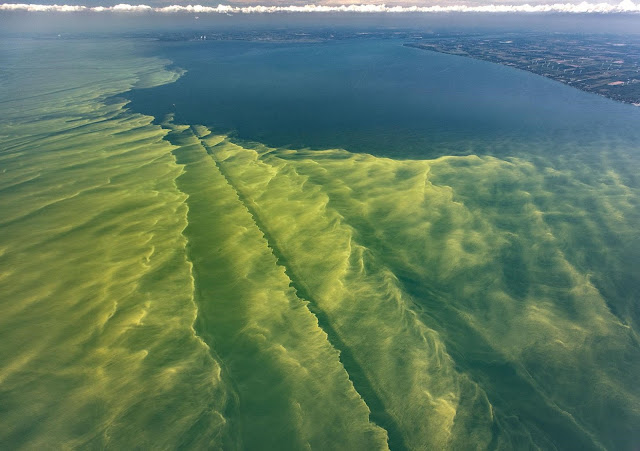



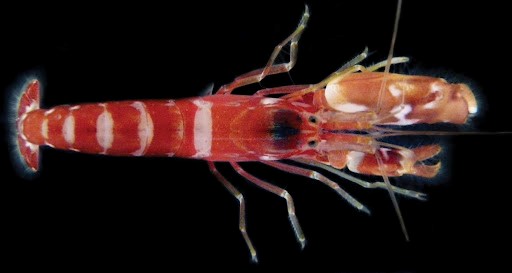
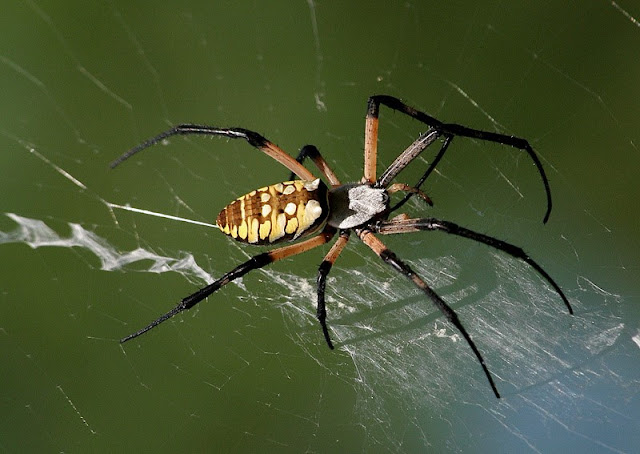
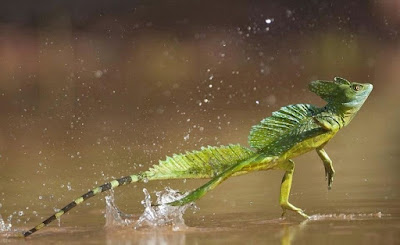

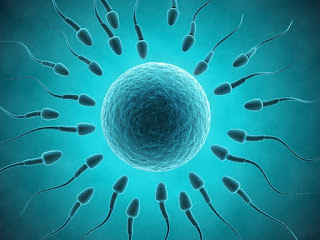
Comments
Post a Comment